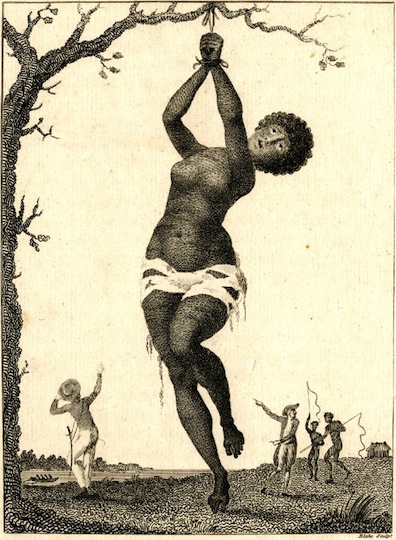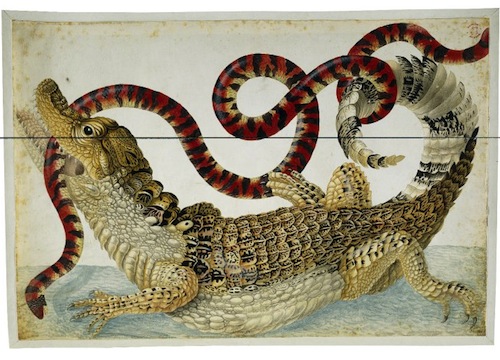This is the novelised true story of Elisabeth Samson, a freeborn black woman in C18th Suriname, when it was a Dutch colony built on slave labour. She became one of the richest landowners in the colony and fought a legal battle for the right to marry a white man, successfully arguing that Dutch law superseded the colonial law against it.

The introduction explains that it is the result of twelve years of historical research, and I think that’s a strength and a weakness: the best thing about the book is the amount of interesting historical detail, but it does feel a bit like a novel written by a historian. It is solid but unremarkable as literature.
And perhaps because the personal stuff — the dialogue and the characters’ inner lives — is relatively weak compared to the background information which has obviously been so carefully grounded in research, I found myself always second-guessing her portrayal of Elisabeth’s opinions and motivations. Especially since there is a tendency for racial/social issues to be explored in a rather unsubtle way by being put in the mouths of the characters; they sometimes slip into talking in long paragraphs, as though they were newspaper editorials.

There are of course plenty of issues to explore. So for example, Elisabeth is presented somewhat as a heroic figure, standing up against the racial attitudes of the time, but she also kept slaves herself. And her battle for the right to marry a white man, and establish herself finally as a fully respectable member of colonial society, hardly makes her a fighter for the rights of black people more generally. Cynthia Mc Leod generally presents her as right-thinking but constrained by her time; she was after all in a vulnerable position. But a less sympathetic interpretation might also be possible.
But history is messy that way; and she would still be a remarkable figure whatever she was like as a person.

I found it engaging and enjoyable, although I was engaged more by the history than the fiction, so I wonder whether it might have been even better as straight biography. Maybe not.
The Free Negress Elisabeth by Cynthia Mc Leod (trans. Brian Doyle) is my book from Suriname for the Read The World challenge.
» All three images are from the British Museum. The toucan and the caiman are from an album entitled Merian’s Drawings of Surinam Insects &c, ca. 1701-1705; the toucan is by Maria Sibylla Merian, the caiman is attributed to her daughter Dorothea Graff. The engraving ‘Flagellation of a Female Samboe Slave‘ was engraved by William Blake in 1793 for the first volume of J.G. Stedman’s Narrative of a five years’ expedition against the revolted slaves of Surinam, after an illustration by Stedman.